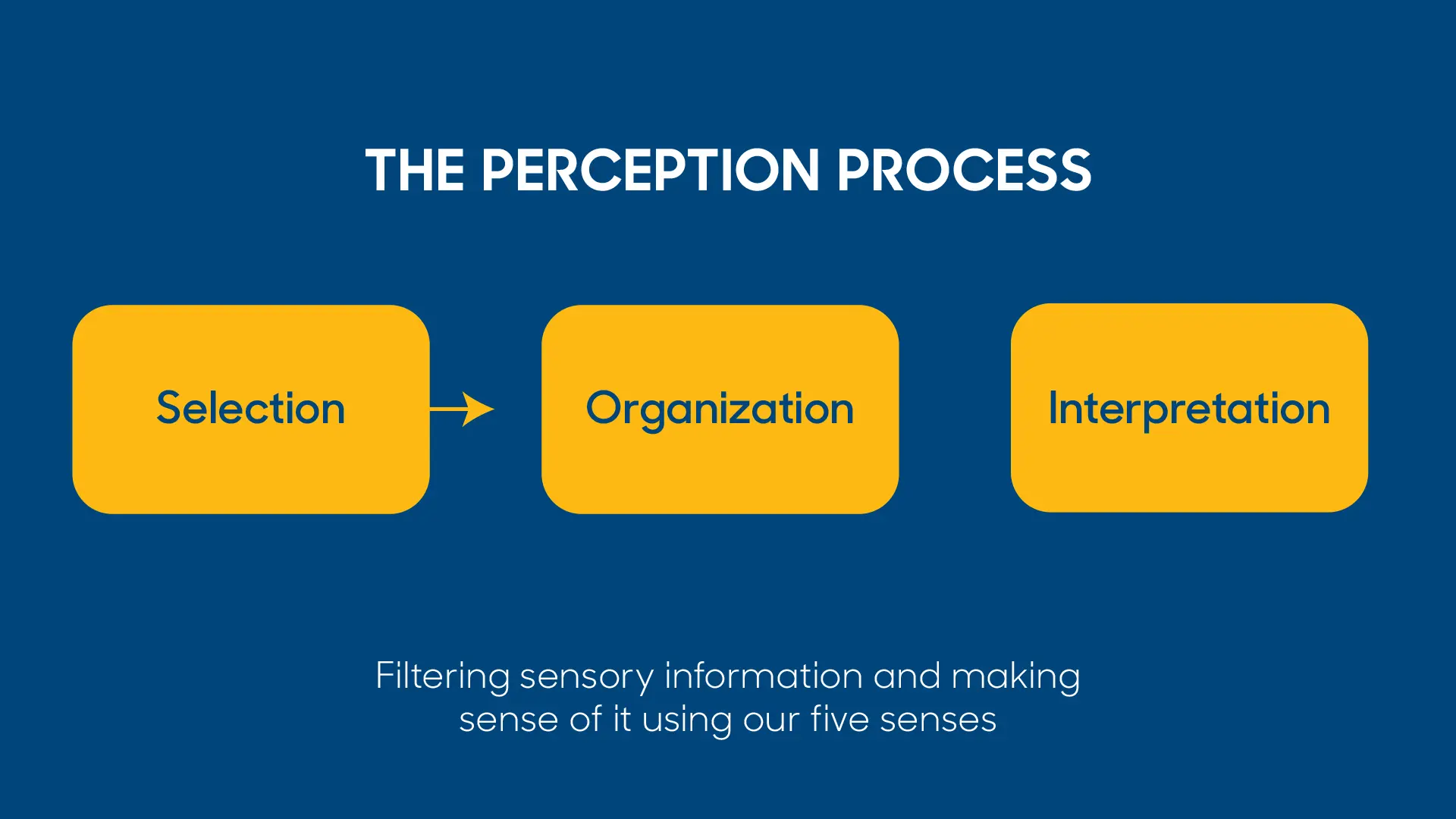
Why People Don’t Choose You (Yet): The Psychology of Perceived Risk in Uncertain Times
By Guillermo Tena

I’ve seen it happen, again and again.
You build a great product. It solves a real problem. It looks sharp. You’ve done your homework. And still… silence.
No traction. No signups. No movement. Just you, a whiteboard full of ideas, and a growing sense of “what am I missing?”
I’ve been in those moments myself. And I’ve worked alongside teams launching projects under high uncertainty—some with global ambition, some with no clear roadmap to follow.
Over the last four years, I’ve taught Behavioral Economics and Consumer Behavior at Universidad Panamericana. And one of the core truths I’ve shared with every student, every semester, is this:
People do not act on reality. They act on perception.
That sentence tends to land hard because it explains so much of what we get wrong in product, marketing, and growth.
And I’ve lived it in the field.
When we launched Buffon Academy, which now operates in 20+ cities across multiple continents, organizing information clearly was the only way to make the model scalable. If local teams couldn’t understand the promise, process, and positioning—we were done before kickoff.
And when we set out to create Calaverandia, the world’s first Día de Muertos theme park, the real challenge wasn’t logistics or tech. It was perception.
People couldn’t “see” what we were building. They worried it was a haunted house… a cultural misstep… or just a scam.
We had no past references, no physical previews, no price anchors. The only way we earned trust was by carefully crafting how people would interpret what we stood for, long before opening day.
So believe me when I say this: Perception isn’t just a feeling—it’s a process.
It moves through three stages: Selection, Organization, and Interpretation of what our five senses present to us. It’s how our brains decide what’s safe, what’s valuable, and what’s worth our time (or not).
And in uncertain times like these, this process becomes even more defensive, more selective, and more biased by risk.
Let’s break it down.

The Real Risk Isn’t Always the Real Risk
There are six types of perceived risk that shape every buying decision,especially in the digital product space:
- Functional Risk – “Will this even work the way it promises?”
- Physical Risk – Rare for SaaS, but relevant in sectors like healthtech or cybersecurity. “Could this cause harm?”
- Financial Risk – “What if I waste my money?” The higher the price, the greater the perceived risk.
- Psychological Risk – “What if I choose wrong and look stupid?” This hits the ego of your buyer.
- Social Risk – “What will my team/peers/LinkedIn think if this flops?” Careers can be on the line.
- Time Risk – “What if we waste weeks onboarding and it sucks?” Time is an expensive currency.
For product teams, these aren’t fluffy consumer fears. These are conversion killers.
Your pricing, UX, onboarding, positioning-all of it either increases or reduces perceived risk.
So, How Do Humans Lower Perceived Risk?
Here’s where things get juicy. When uncertainty rises, people lean on mental shortcuts to protect themselves:
They double down on research. Endless tab-switching, deep dives into 2017 Reddit threads. Result? Paralysis by analysis.
They stay loyal to what they know. Even if it’s not great. It’s familiar. “Nobody got fired for buying IBM.”
They judge you by how you look. AI has leveled the content game. If your brand doesn’t look the part, you’re not even in the running.
They seek proof. Case studies, testimonials, and logo farms matter. It’s not as painful to fail if others have failed with you.
They anchor on price. Often, buyers choose the more expensive option just to feel safer. “If it costs more, it must be better…”

The Psychology Behind the Freeze: CEO Confidence Drops
This isn’t just theory—it’s playing out in real time. According to the Q1 2025 Vistage CEO Confidence Index, CEO confidence fell sharply to 78.5, down 22.1 points from the previous quarter. Over 42% of middle-market CEOs now expect economic conditions to worsen, a huge spike from 13% just months ago.
Why? Policy shifts, election-year volatility, and tariff uncertainty have created a planning nightmare. And when business leaders feel uncertain, they delay decisions or stick to the familiar—even if it’s suboptimal.
👉 This climate magnifies perceived risk and makes life harder for new players.
Click here to read the full research
So, how do you stand out when no one wants to take risks?
You need to understand one thing deeply: trust transfers. This is where the Halo Effect becomes your ally. If your company is new, unknown, or doesn’t have an extensive track record, that doesn’t mean you’re out of the game. But you do have to borrow credibility from places that feel earned.
Worked at Google? People assume you know what you’re doing.
Have a respected advisor in your niche? Their reputation reflects on you.
Brand design that screams «premium»? That’s a silent signal of trust.
The key is not faking it but intentionally designing how trust gets built. Build strategic halos with people, design, and client stories that feel authentic and deserved. That’s how perception starts working in your favor, and you can increase your performance.
TL;DR: Perception Is Your Funnel
In uncertain times, people don’t buy features or services. They buy LOW RISK.
That’s why if you’re building or selling digital products, you’re not just managing features, you’re managing perception. Especially when selling to experienced C-levels. They’ve seen enough Saas/Product hype to be skeptical by default.
Some high-impact actions you can take today:
- Celebrate your current clients and wins: everyone wants to be on the winning team.
- Publish content with C-level credibility, not just SEO fluff.
- Use pricing anchors strategically to shape perceived value.
- Design is not decoration, it’s a trust signal. Make every pixel earn its place.
- Build a trust system, not just a website. (Think of it like a journey: Website → LinkedIn profiles → Blogs → Conversations)
👉 If you treat perception as a process, you’ll be able to design strategies that reduce risk in every stage of the customer journey and get a better performance for your company.

Final Thoughts: I Know How Frustrating This Can Be
If you’re reading this, chances are you’re building something meaningful or something you’re proud of.
But if people aren’t choosing you (yet), it’s probably not because your product lacks value. It’s because the value isn’t being perceived clearly or confidently enough.
And that’s not on you. It’s just how our brains are wired,especially in times of uncertainty.
I’ve worked with enough teams to know that this gap between what we build and what people see can feel exhausting. But here’s the truth:
You don’t need to scream louder. You need to be understood faster.
Perception is your real growth funnel.
When you treat it like a process; something you can design, test, and improve. It stops being this mysterious blocker and starts becoming your quiet advantage.
You don’t need to be perfect. You just need to feel like less of a risk to the right people.
And that’s something you can absolutely build. Be patient

























